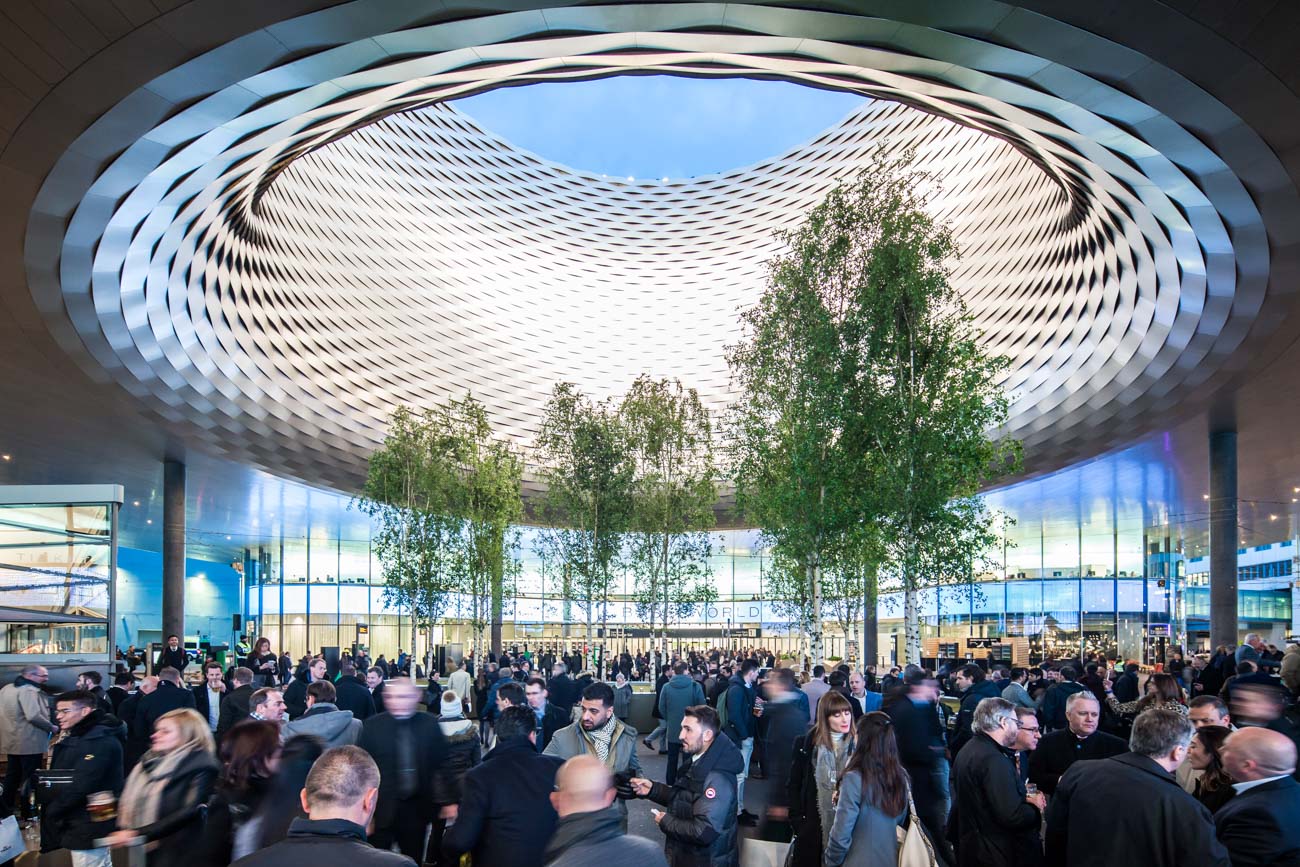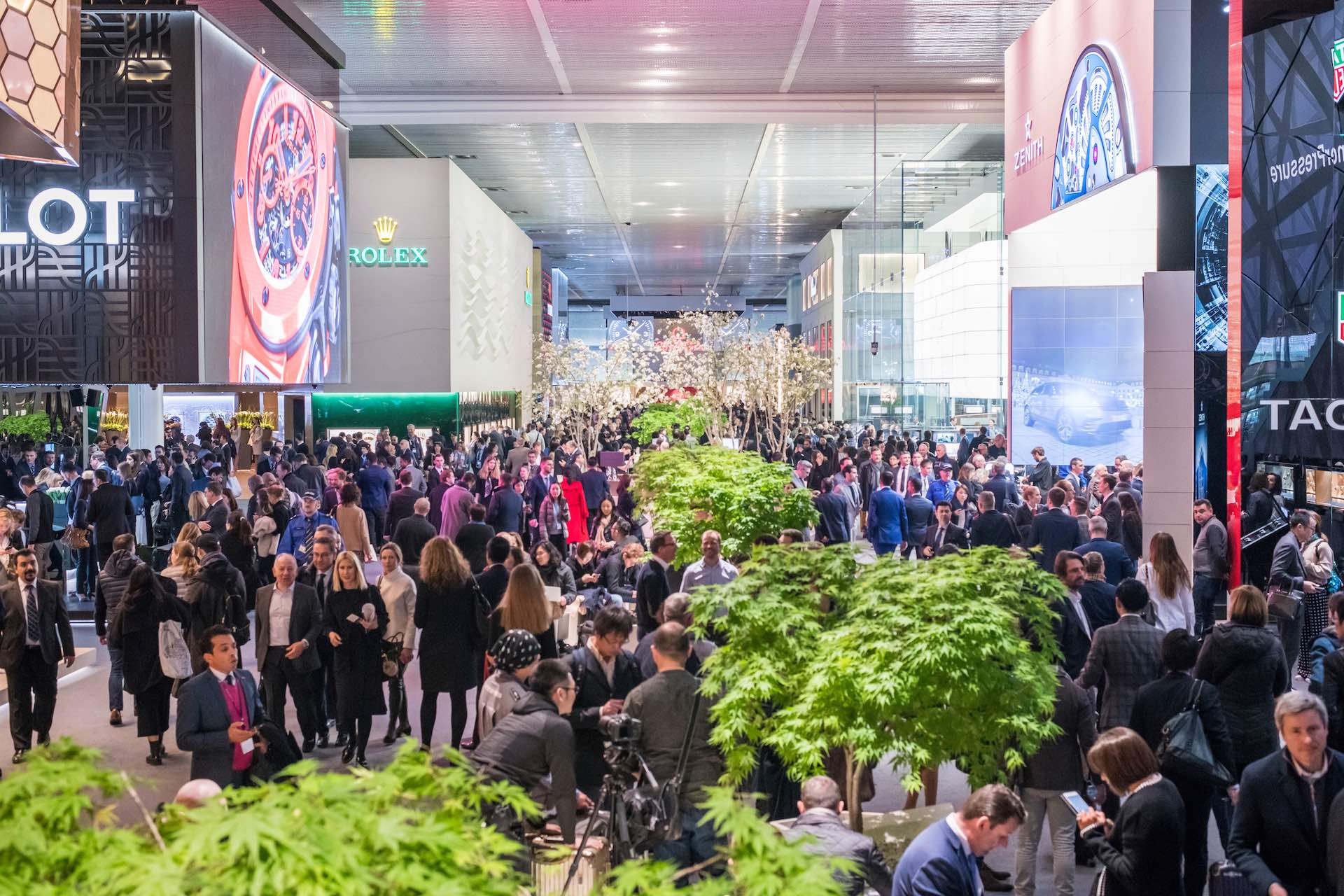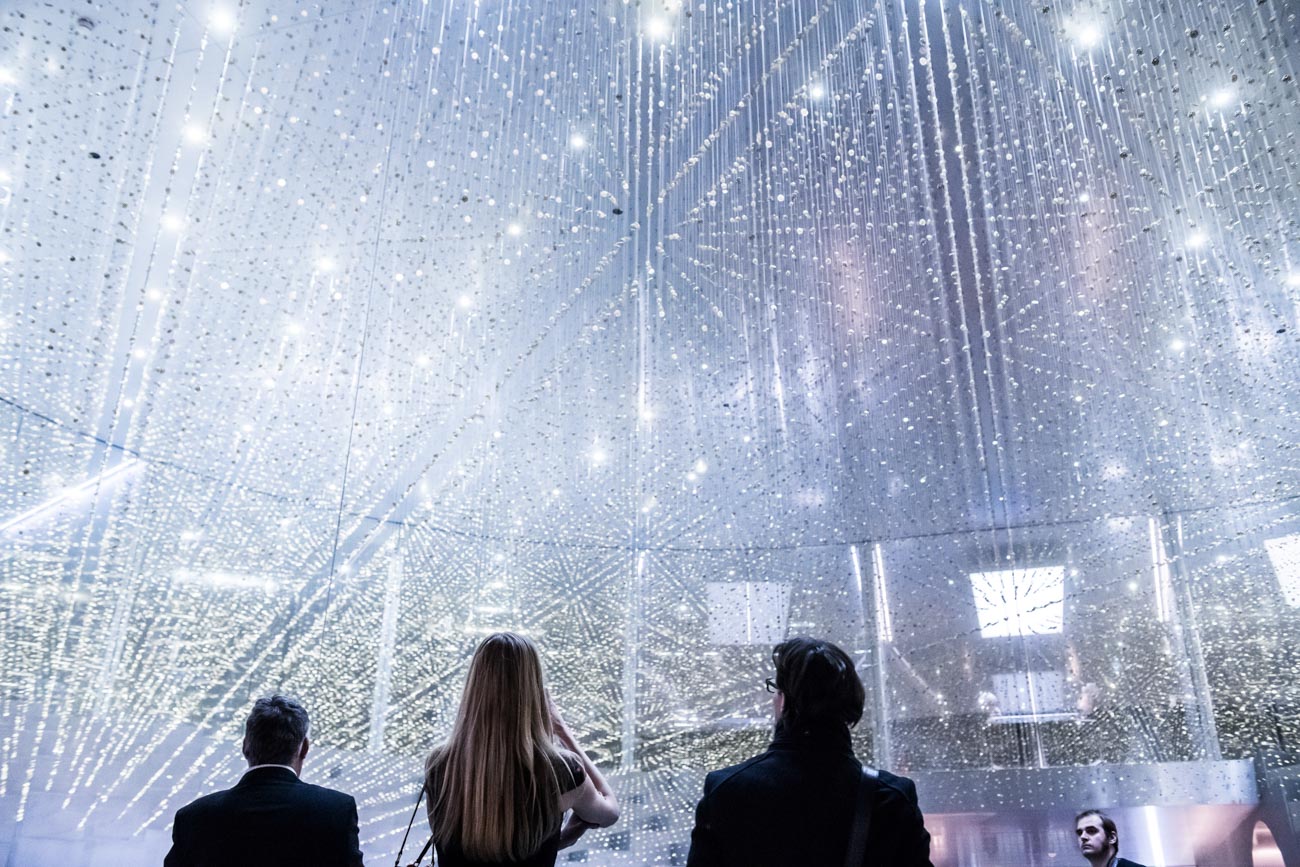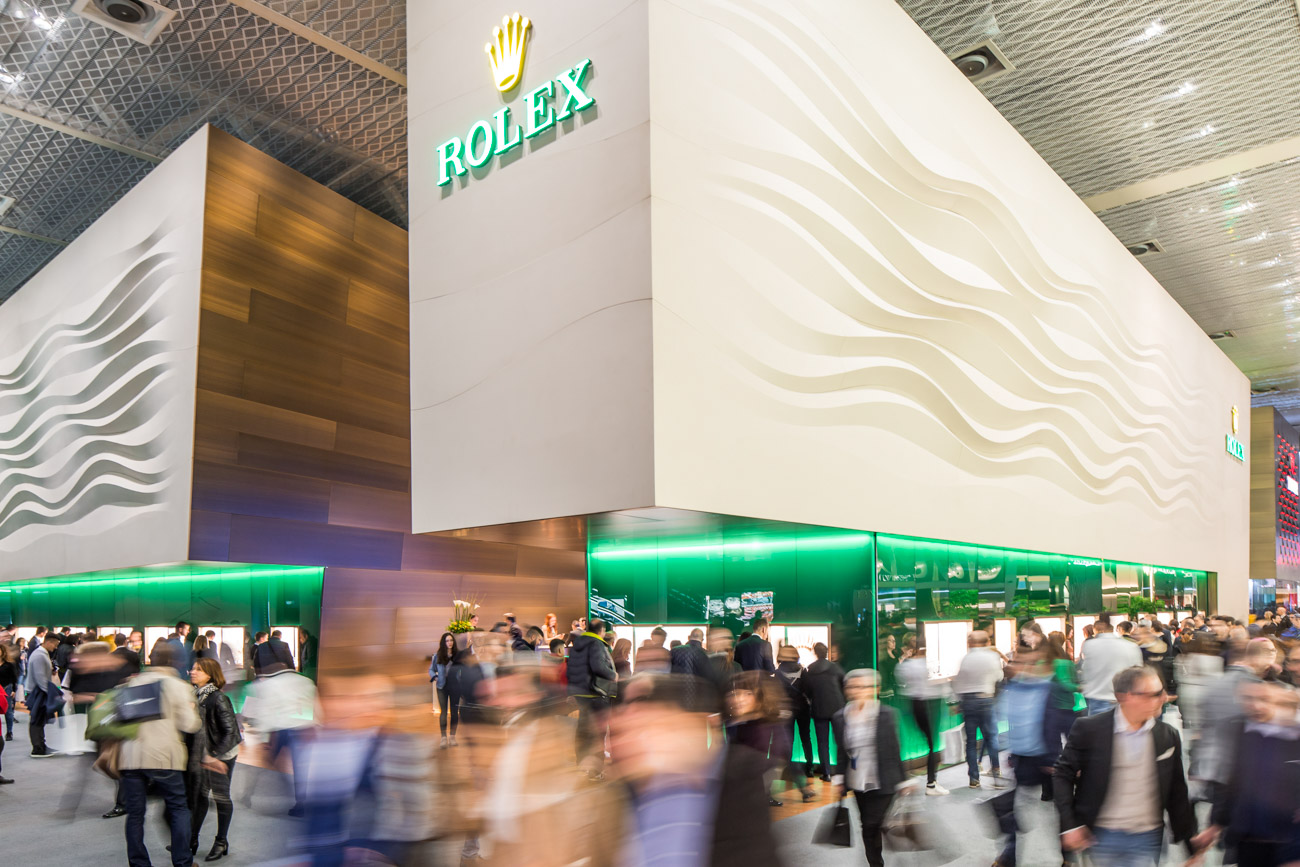
Baselworld 2019, still the world’s most important watch trade show, comes to a close today after what I feel was a rather successful year for the historic event. Instability and uncertainty have marked the last few years in the luxury watch industry, and some of the unfortunate victims of an industry undergoing transformation are the traditional institutions (such as tradeshows) that have served it. At the heart of the challenges for the watch trade shows are their roles in facilitating business for exhibitors.

Baselworld As A Trade Show For A Transforming Industry
What was once an opportunity for retailers and wholesale buyers to meet with exclusive luxury watchmakers in Switzerland in order to purchase goods to be sold all over the world, the watch trade show’s role in the digital age has dramatically shifted. With global communication already the norm when it comes to making deals, trade shows aren’t about exclusive opportunities to conduct business but are rather exclusive opportunities to meet, connect, learn — and, most importantly, to share.
Baselworld, like SIHH (and to a degree the other smaller watch events around the world), has experienced falling attendance because of a consolidating watch industry and not, in my opinion, due to any material failure in the value of trade shows (as some people contend). A good example is a sharp decrease in media attendance at Baseworld over the last few years. If you examine the data carefully, you’ll see that the traditional media who specialize in covering the watch industry have not dropped out of the show. Who has stopped attending the show as much are editors from more mainstream consumer publications who did not attend Baselworld to cover stories about new products in-depth, but rather to support the efforts of their advertising sales teams. Less advertising spending from brands to traditional print publications has had the logical effect of reducing the number of journalists those publications send out to the show.
Likewise, brands with challenges selling enough watches in the market have stopped investing in attending shows like Baselworld due to a lack of confidence that meeting buyers and media will save their falling numbers. Ultimately a decrease in available purchase budgets from retailers has the effect of fewer watch brands being able to do business. Finally, many watch brands, retailers, and media have smaller teams, in general, due to economic uncertainty and low human-resources investments from all companies involved. Because companies that deal in watches are unclear about future prospects, many employee teams have been reduced, thus not allowing for available staff who can spend a week or more away from the office while attending a trade show.

Baselworld, as an organization, appreciates the context of the watch industry and invested admirably in updating and renovating the format of the Basel, Switzerland-based trade show for 2019; the organizers promise that 2020 will be even better. I’ve mentioned this several times in interviews, but I want to repeat that Baselworld 2019 was the most accommodating, comfortable, and productive Baselworld of my career in the watch industry. I didn’t even really notice that the Swatch Group and its litany of brands were absent.
Clearly, the most talked about news at Baselworld 2019 was the fact that Swiss Swatch Group withdrew its roster of brands (such as Omega, Longines, Tissot, Breguet, and more), despite not having firm alternative plans. People feared that, with the Swatch Group and other smaller companies gone, Baselworld as an entity might collapse. While such an outlook is perhaps understandable, it is probably unjustified. I don’t think Baselworld will go away because the Swatch Group isn’t there to support it. If anything, I feel that with the Group absent, the other attendees of Baselworld were able to extract much more value, ultimately leading to a much higher ROI for attendees. The Swatch Group held meetings with invited retailers (not media) in Zurich, which is about 1.5 hours away from Basel via train. Though Swatch Group hasn’t stated plans regarding how it will communicate with global media in the future, I and others envision they’ll return to Baselworld in the future.

For the time being Baselworld has made excellent use of the space formerly taken by the crowded Swatch Group brands down in the show’s important Hall 1. Political squabbles about priority booth placement and feuding CEOs who take opposite walking paths in the show in order to avoid one another, were virtually un-discussed at Baselworld 2019 as people, in general, seemed to be much calmer. Perhaps it took an absent Swatch Group for everyone in the watch industry to appreciate that a more relaxed Baselworld is perhaps a much more productive one.
My favorite new part of Baselworld 2019 was the many new seating and lounging areas. Booth space is often comically small and if the purpose of a tradeshow is to meet and discuss matters face-to-face with colleagues from other parts of the world – then previous iterations of the show were not particularly conducive to conversation. Baselworld 2019 offered vastly more opportunities for business people to comfortably sit and negotiate deals as opposed to frantically running around from conversation to conversation amid the struggle of actually getting any work done. While 2019 might be a low point for the modern high-end watch industry as a whole, I feel that in many ways it has hit a bottom from which it will start to rise again. This is the best opportunity Baselworld has had in a while to reimagine itself and help add value to its guests and exhibitors in a digital-media world in which having face-to-face conversations defines the forward value of places and institutions such as Baselworld.
